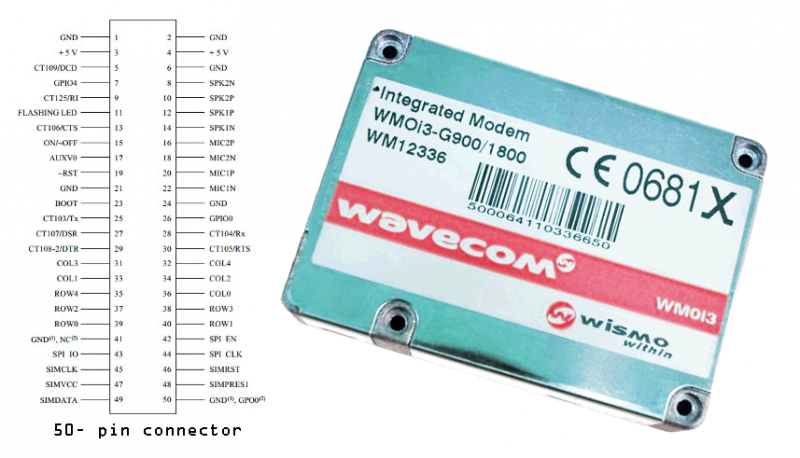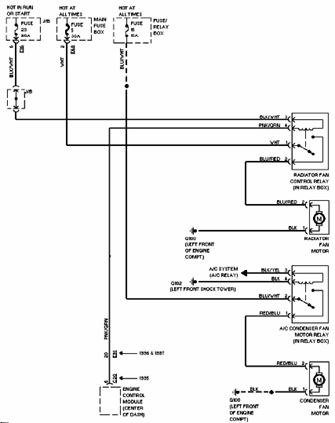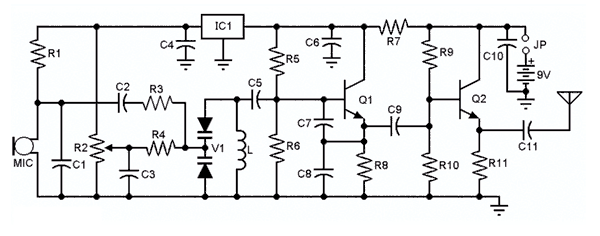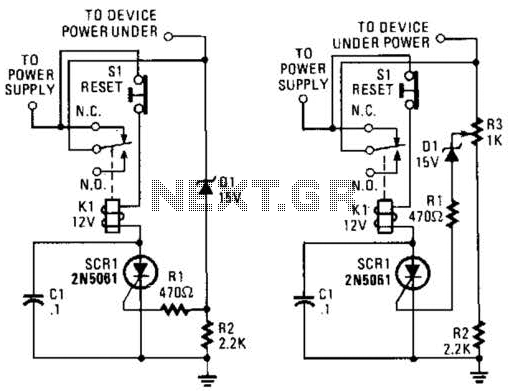
1 Hz Generator and 2 Hertz Oscillator Circuit
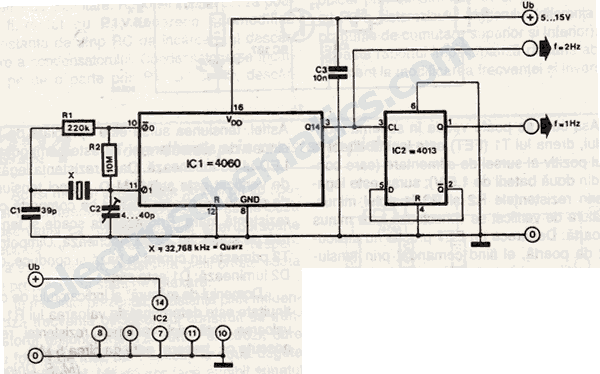
This 1 Hz and 2 Hz generator or oscillator is constructed using a 4060 IC as the oscillator and a 14-bit counter. To achieve a 1 Hz signal from the 4060, a 1/2 4013 flip-flop is utilized. This circuit generates a rectangular voltage waveform with an amplitude ranging from 0V to the power supply voltage.
The circuit operates by leveraging the 4060 integrated circuit, which combines an oscillator and a binary counter. The oscillator portion of the 4060 is typically configured to produce a square wave output that can be divided down to lower frequencies. In this design, the output frequency is set to 2 Hz, which is subsequently divided by two using the 1/2 4013 flip-flop to yield a stable 1 Hz output signal.
The 4060 IC operates based on an external resistor-capacitor (RC) network that determines the oscillation frequency. The frequency can be calculated using the formula:
\[ f = \frac{1}{2 \cdot R \cdot C \cdot (N + 1)} \]
where \( R \) is the resistance in ohms, \( C \) is the capacitance in farads, and \( N \) is the division factor set by the counter. The resulting square wave output from the 4060 can be fed into the 4013 flip-flop, which is configured in toggle mode. This configuration divides the frequency by two, allowing for the generation of a precise 1 Hz signal.
The output of the circuit is a rectangular waveform that oscillates between 0V and the supply voltage, making it suitable for various applications, including clock generation for digital circuits, timing applications, and frequency modulation. Proper decoupling capacitors should be placed near the power supply pins of the ICs to ensure stable operation and minimize noise. Additionally, the circuit should be designed with appropriate power ratings and tolerances to ensure reliability during operation.This 1 Hz and 2Hz generator or oscillator is built with 4060 as an oscillator and a 14 bits counter. To obtain a 1Hz signal after 4060 we use 1/2 4013. This circuit provides a rectangular voltage with a amplitude between 0V and the power supply voltage. 🔗 External reference
The circuit operates by leveraging the 4060 integrated circuit, which combines an oscillator and a binary counter. The oscillator portion of the 4060 is typically configured to produce a square wave output that can be divided down to lower frequencies. In this design, the output frequency is set to 2 Hz, which is subsequently divided by two using the 1/2 4013 flip-flop to yield a stable 1 Hz output signal.
The 4060 IC operates based on an external resistor-capacitor (RC) network that determines the oscillation frequency. The frequency can be calculated using the formula:
\[ f = \frac{1}{2 \cdot R \cdot C \cdot (N + 1)} \]
where \( R \) is the resistance in ohms, \( C \) is the capacitance in farads, and \( N \) is the division factor set by the counter. The resulting square wave output from the 4060 can be fed into the 4013 flip-flop, which is configured in toggle mode. This configuration divides the frequency by two, allowing for the generation of a precise 1 Hz signal.
The output of the circuit is a rectangular waveform that oscillates between 0V and the supply voltage, making it suitable for various applications, including clock generation for digital circuits, timing applications, and frequency modulation. Proper decoupling capacitors should be placed near the power supply pins of the ICs to ensure stable operation and minimize noise. Additionally, the circuit should be designed with appropriate power ratings and tolerances to ensure reliability during operation.This 1 Hz and 2Hz generator or oscillator is built with 4060 as an oscillator and a 14 bits counter. To obtain a 1Hz signal after 4060 we use 1/2 4013. This circuit provides a rectangular voltage with a amplitude between 0V and the power supply voltage. 🔗 External reference
